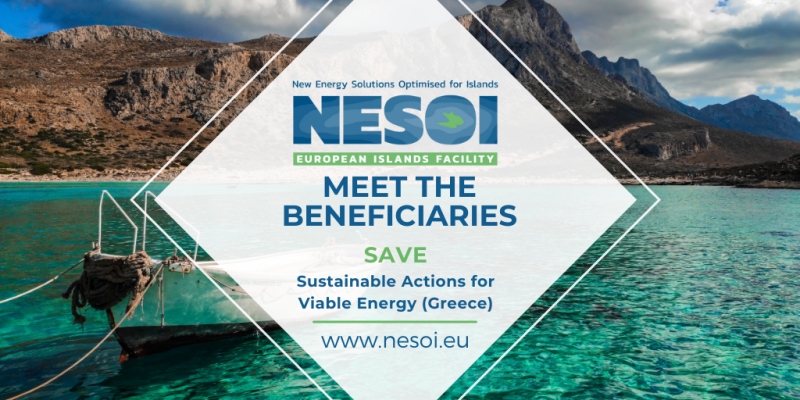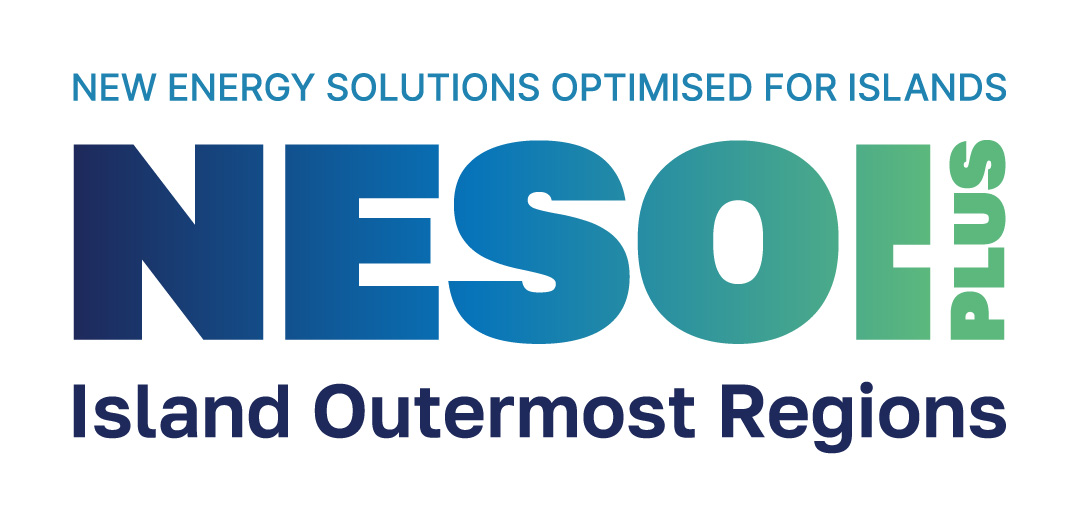Sustainable Actions for Viable Energy (SAVE) is a project supported by NESOI European Islands managed by our partners from CERTH and promoted by the Minoan Energy Community, the Minoan Pediadas Municipality of the Region of Crete (Greece).
What is SAVE?
The electricity coming from Crete’s wind parks will be absorbed by decentralised storage, including the vehicle to grid (V2G), and injected back to the grid during peak demand periods, replacing thermal generators’ production.
Mr. Katsaprakakis, from the Hellenic Mediterranean University and Minoan Energy Community, told us that “the institutional framework for smart grids is one of the biggest challenges (…) Despite the connection of Crete with the mainland last year, storage technologies will be needed”. In fact, this discrepancy has made that some of the facilities in the municipality are currently closed due to the high electricity bills.
NESOI will contribute to the good development of the smart grid, which will lead to the compensation of the electricity consumption, which will ultimately bring the upgrade of their energy performance.
Looking into the future, this energy community has several plans to keep growing towards their decarbonisation: the development of photovoltaic energy in the island and large-scale wind farms; development of links between energy and agriculture; and citizens engagement, through trainings for key stakeholders and capacity building activities in cooperation with other energy communities and institutions.
The smart grid regulatory frameworks: what are the main challenges?
Smart grids are perceived as one of the tools that will help us counteract some of the toughest challenges from energy transition. The necessity of energy efficiency, which implicitly brings the integration of renewable energy sources and the role of the “prosumers” in our lives. In this setting, in order to foster the investment of the different stakeholders, a full-fledged regulatory framework is needed.
The current regulatory framework is based on a model that is highly centralised nationally. That means, that power plants generate the electricity, which then flows unidirectionally to the end-users. In the last two decades, markets have progressively been liberalised. Proof of this are the successive energy packages that the European Commission has developed.
At the moment, with the emergence of new electricity generation technologies and DSOs, stronger regulations that coordinate several players in a decentralised setting are required, and quickly. What is more, the current (and future) influx of smart grids brings a difficult assessment of the cost and benefits.
How does NESOI support this project?
The promoters applied to NESOI seeking that the project would have an impact on the local community by the reduction of the electricity costs, especially during peak demand periods. This will also impact directly on the social acceptance of these new energy generation technologies.
Concretely, the support of NESOI has been:
- Assessment of key project sizing drivers
- Identification of suitable technological options
- Definition of the required environmental permitting procedures and Capacity building, contractual and regulatory analysis
- Cost-benefit analysis and socio-economic and environmental impact evaluation
- Definition of the technical, economic and financial project inputs
- Risk analysis, identification of available mitigation strategies and Action Plan and identification of the project monitoring procedures
- Assessment of existing procurement options
- Financial modelling and identification of target scenario and identification of financing options
- Setting up of planning frameworks for the elaboration of the DEASP and design for sports facilities, tender documents and application for funding
DOWNLOAD THE DEDICATED BROCHURE HERE.


